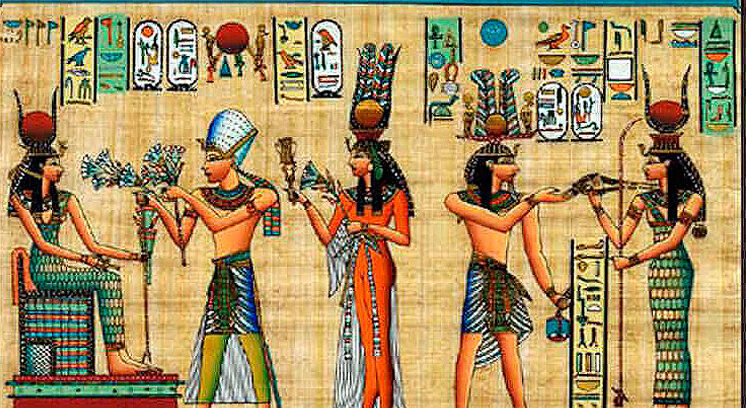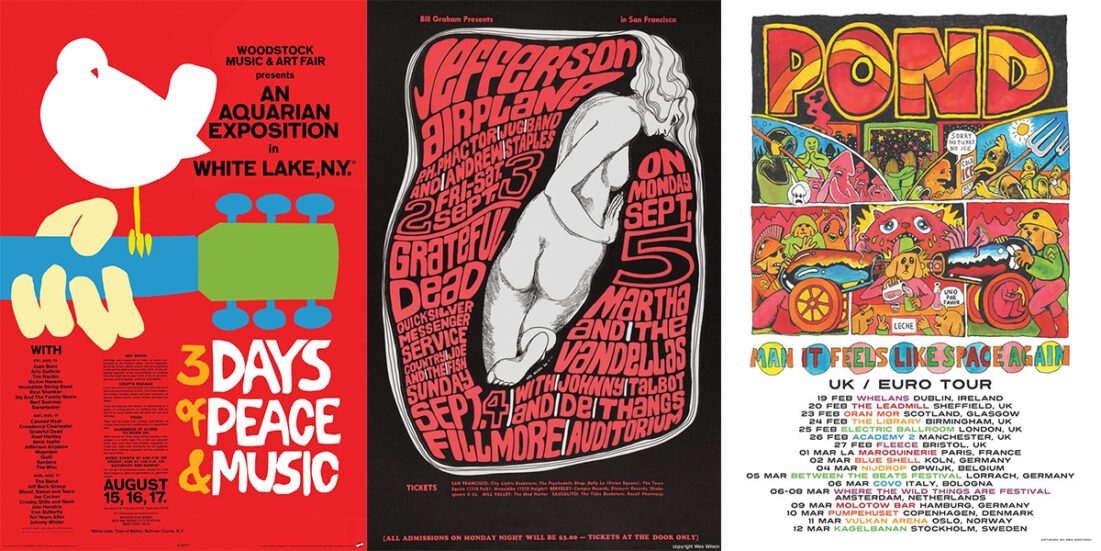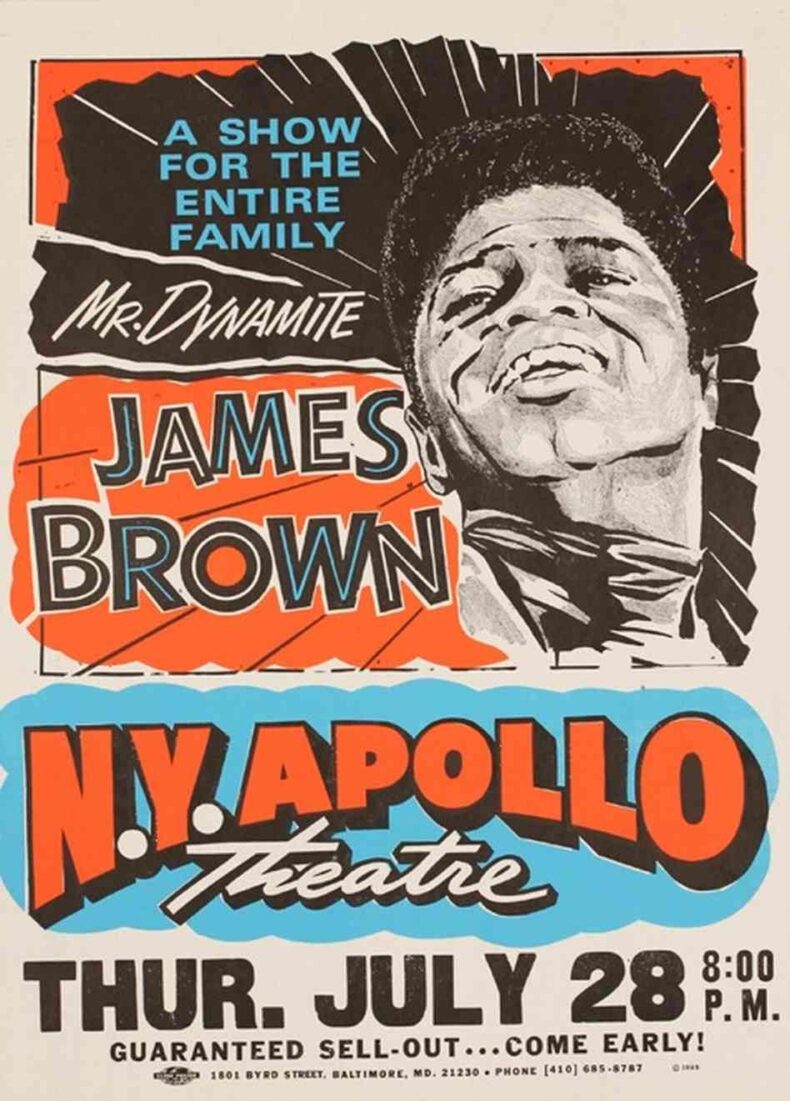
Posters have been known to mankind since ancient times. Posters (or rather, their forerunners, since these images cannot be fully correlated with the modern concept of a poster) first appeared in ancient Egypt. This was due to the slave system that prevailed at the time, and the fact that sometimes slaves were able to escape. And it was in order to place information about the capture of runaway slaves that special ads were used at the time, which, with some stretch, can be considered the ancestors of modern posters.
Further, as culture and art developed, peculiar posters began to be used in ancient Greece and Rome to notify the public of upcoming plays and interesting trade offers. In a sense, little has changed since then – posters are still successfully used for these purposes, among others.
The official birthday of the poster is considered to be 1482, when English bookseller Batdold, advertising a new edition of Euclid’s Geometry, first used the poster to attract customers. From that time begins the history of the poster, but unfortunately it has not survived.
The modern life of the poster began in the 19th century, which is when the word poster, translated from the German “das Plakat”, came into being as we know it. The history of the poster began in 1866, when the Frenchman Jules Cherèt, a graphic artist and stage designer, founded a small lithography in Paris. It was this man who formulated the basic principles of the modern poster, namely striking (primarily through contrasting and bright colors), the ability to perceive images and text “on the fly”, brevity, and the concentration of attention on one main figure. Scherer created more than a thousand posters, mostly advertising masquerades, exhibitions.
Speaking of the history of the development of the poster, it is impossible not to mention the great Henri de Toulouse-Lautrec. His posters for Parisian cabarets, created in the nineties of the 19th century, elevated the art of advertising posters to unreachable heights. The first of these – the poster of the Moulin Rouge, which opened in 1889 with the notorious dancer La Goulou (“The Insatiable”) – created a furore.

For a long time, many advertising artists used as the basis for writing their posters various popular at the time styles of fine art. Over time, therefore, the advertising poster moved into the artwork section. Increasingly, they tried to depict the world in rainbow colors, to attract the potential visitor or buyer.
The history of the poster is inextricably linked to the processes taking place in the social environment. Artists instantly reacted to it, and released new works in step with the times.

